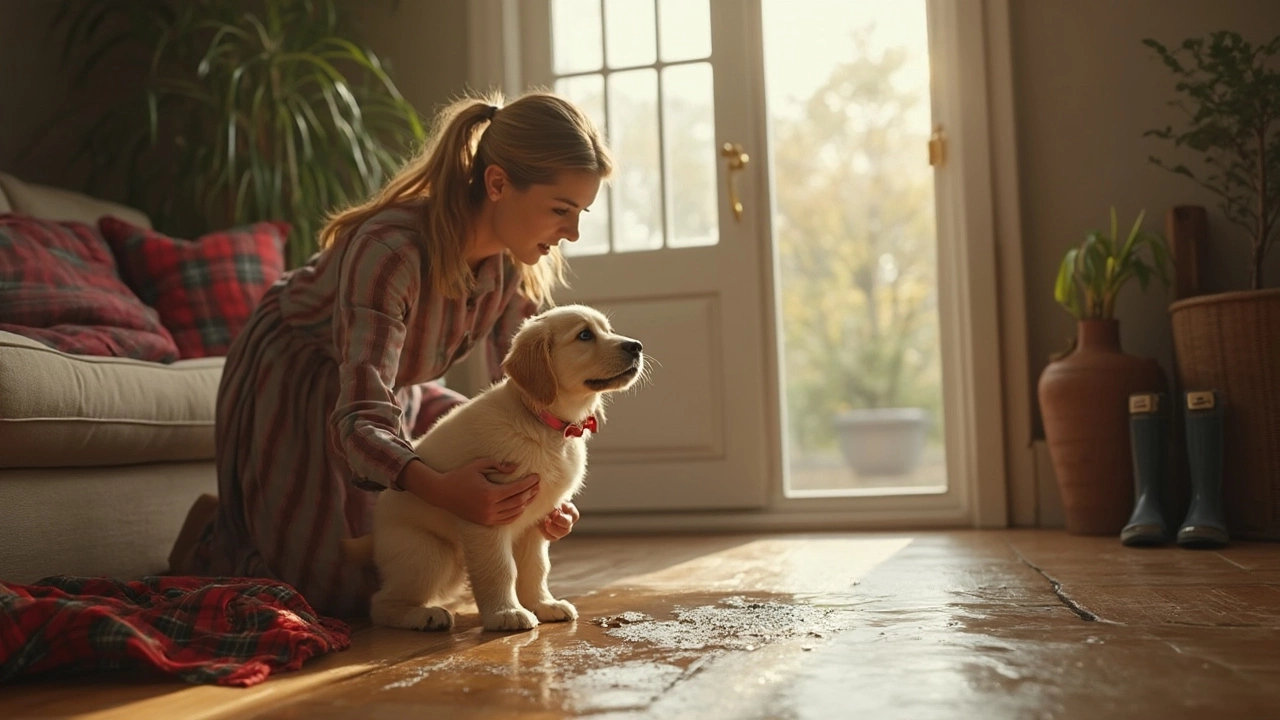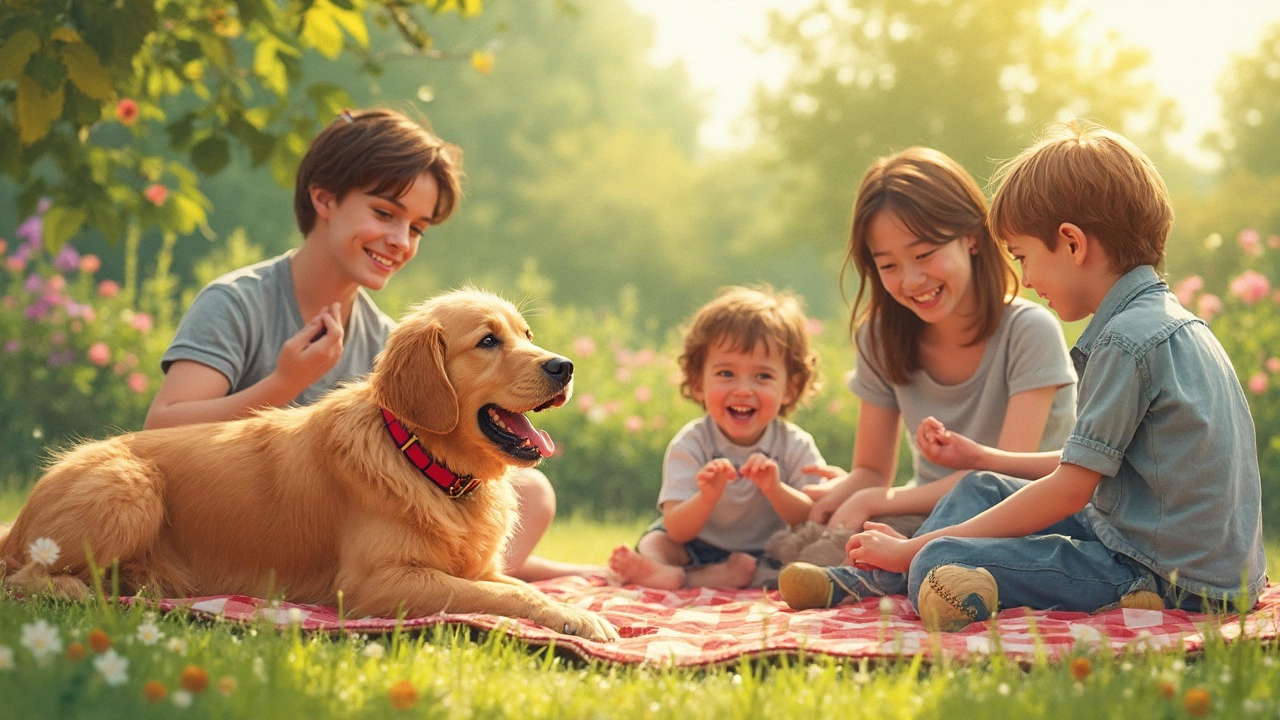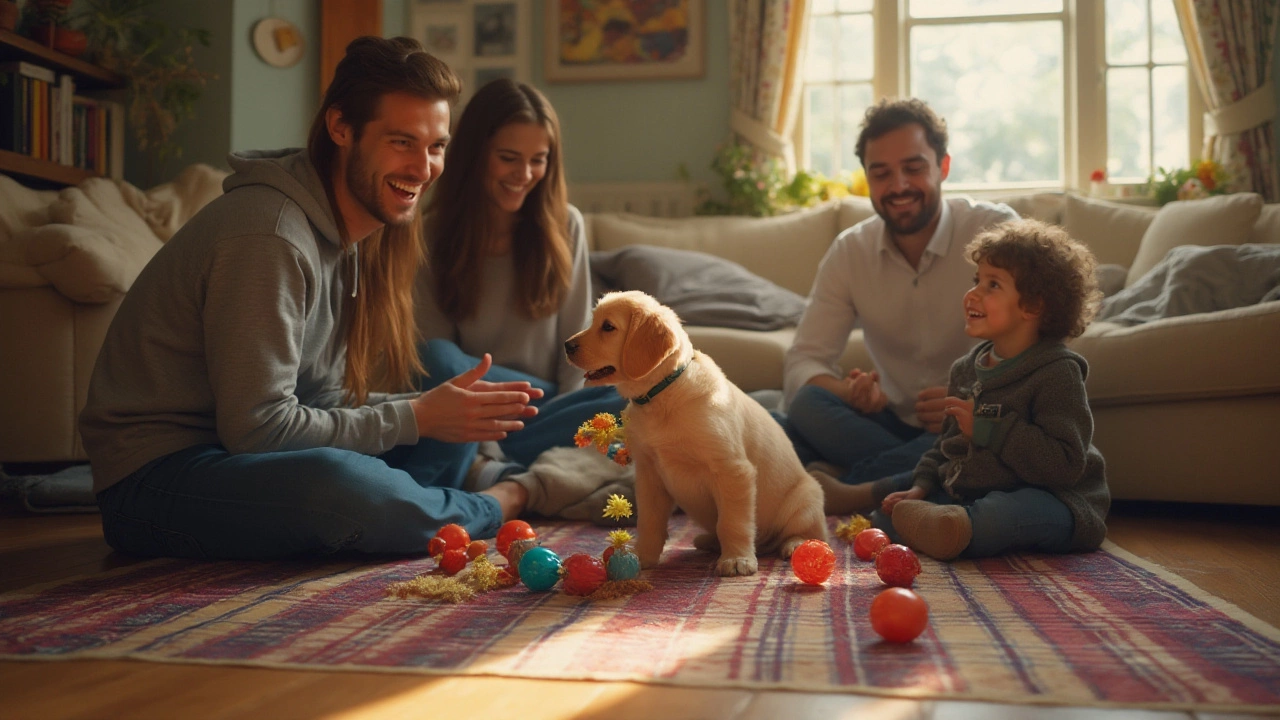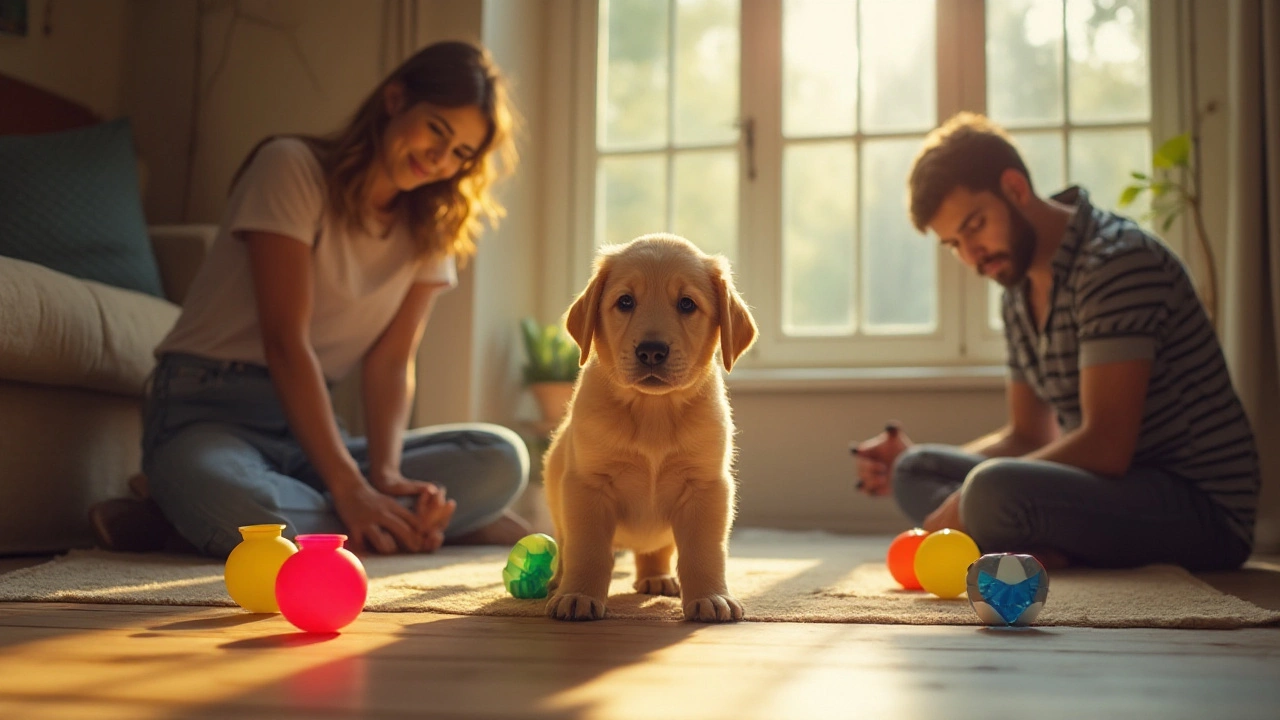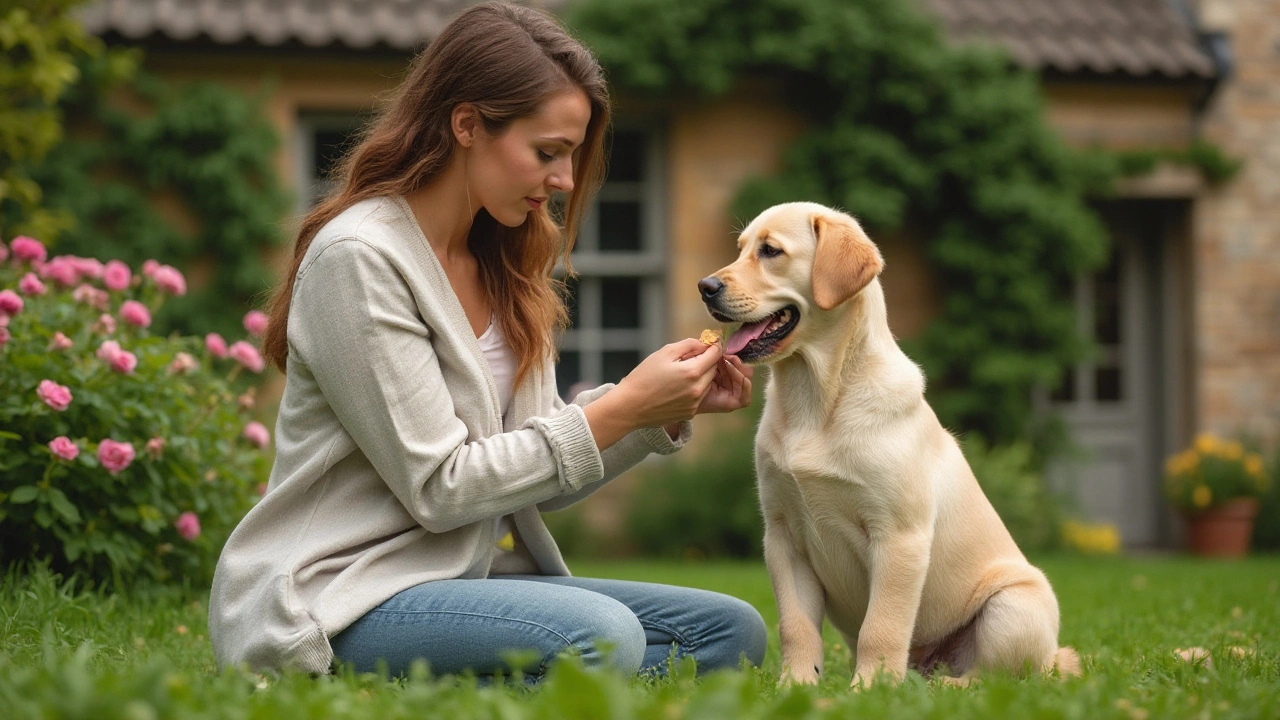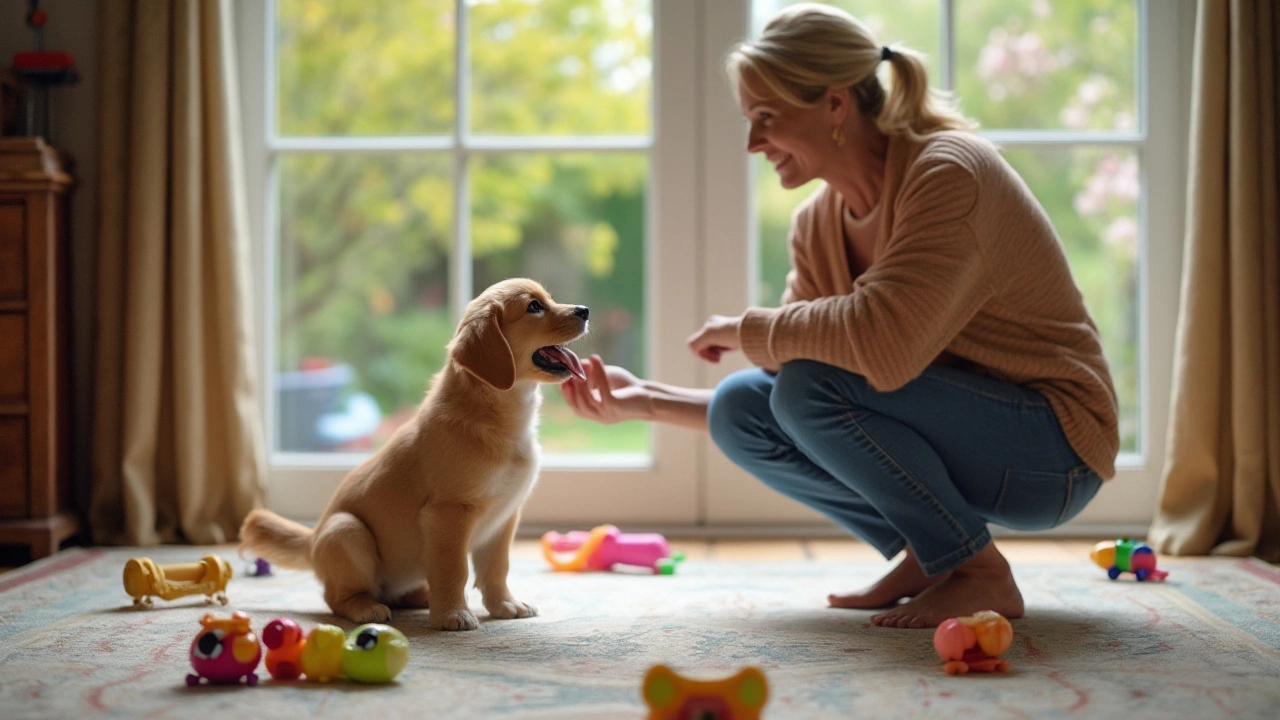Puppy Training Made Simple: Practical Tips for New Dog Owners
Got a fluffy newcomer at home? Training a puppy feels like learning a new language, but you don’t need a PhD. Start with clear, short sessions and keep things fun. A happy pup learns faster, and you’ll avoid the common pitfalls that turn cute moments into stressful ones.
Start with the Basics: Name, Leash, and Chew Toys
The first thing every puppy should know is its name. Our guide “How to Teach Your Puppy Its Name” breaks it down: say the name, give a treat when they look, and repeat in short bursts. Do this a few minutes a day and you’ll see eye contact in no time.
Next up, the leash. Pulling is a typical problem, but you can stop it with the “stop pulling” technique from our post “Stop Your Dog Pulling on Leash.” Hold the leash short, change direction when they surge forward, and reward calm walking. Consistency beats length – a 5‑minute walk done right beats an hour of chaos.
Chew toys are more than entertainment; they’re safety tools. Vet‑approved picks from “Best Chew Toys for Puppies” include sturdy rubber bones and soft plush toys for teething. Rotate toys every few days to keep interest high and avoid gnawing on shoes or furniture.
Calm the Nerves: Anxiety Relief and Comfort Items
Puppies can get nervous, especially during the first weeks. A cuddle toy, as explored in “Do Puppies Need Cuddle Toys?,” provides a familiar scent and a place to settle. Pair it with a quiet corner and a consistent bedtime routine to help your pup feel secure.
If your puppy shows signs of anxiety – whining, pacing, or over‑chewing – consider a calming collar or a short, vet‑approved supplement. Our article “Do Dog Calming Collars Really Work?” explains what to look for and how to test if it’s right for your dog.
Remember, training isn’t a one‑size‑fits‑all plan. Adjust the pace based on your puppy’s breed, age, and energy level. Short, upbeat sessions, plenty of praise, and the right toys will turn the learning curve into a smooth ride.
Ready to get started? Pick one skill – name or leash – and practice it today. Before you know it, your puppy will be listening, walking nicely, and chewing the right stuff, leaving you both happier and more relaxed.

